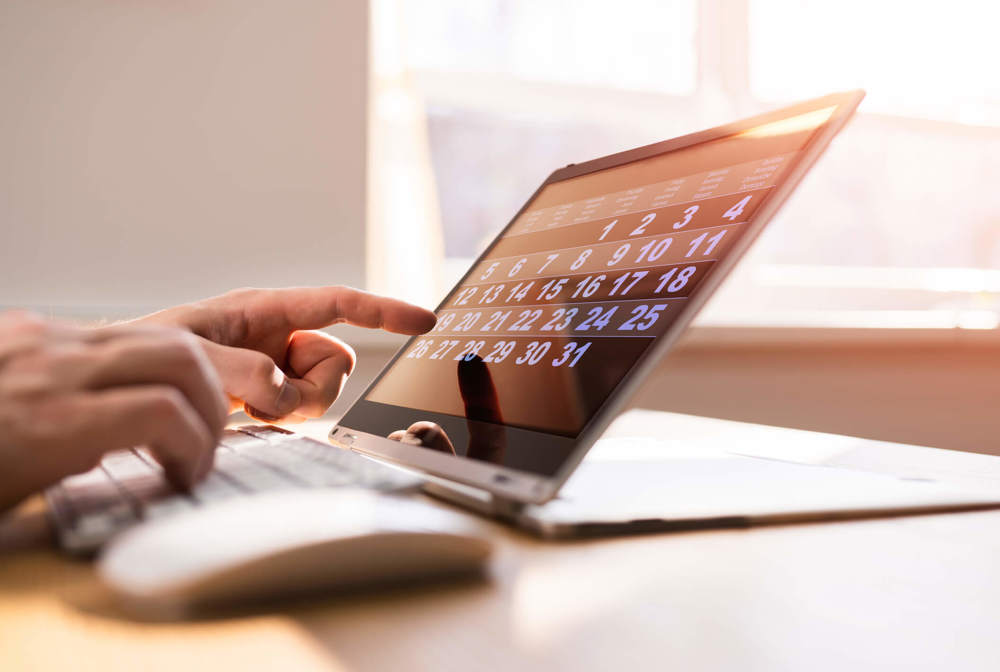There are many ways to save for your future retirement. If you’re self-employed or don't have a workplace pension, you may be curious about what a personal pension is and how it can benefit you in the long run.
In this guide, we’ll explain everything you need to know, from how to set one up to when you can cash it in.
What is a personal pension?
As their name suggests, you set up and manage a personal pension yourself. They’re a type of defined contribution (DC) pension, and rely on your own contributions, unlike workplace pensions that are supplemented by your employers’ contributions.
Insurance companies, building societies and banks offer personal pensions. Some employers also offer personal pension schemes. Today, there are hundreds of options to choose from on the market, so it pays to do your research if you’re considering setting one up.
There are three types of personal pension to choose from:
Self-invested personal pensions (SIPPs)
This type of pension lets you choose where you’d like to invest your money. SIPPs come with lots of responsibility and financial know-how as you'll need to track your investments’ performance.
These pensions are ideal for people that are confident in managing their pension investments or want to ensure their investments are ethical. If you’d rather leave it to the experts, a financial advisor can help you manage your SIPP for a fee.
Standard personal pension schemes
Often called ‘personal pensions’, these plans are a good middle ground if you can’t decide between a stakeholder and a self-invested personal pension. They give you control over where your money is invested, with a choice of funds to choose from.
Another benefit of standard pension plans is that many give you the option to diversify and spread your money into different investments. This could be a good strategy if your risk tolerance is low.
Stakeholder pension schemes
Not all stakeholder pensions are personal as some employers offer them, too. Usually, these types of pensions offer lower charges and more flexibility. They let you invest your pension savings into stocks and shares, which you can choose from.
Another added benefit is that the amount you can pay into a stakeholder pension is generally lower. Many plans also let you pay weekly, monthly or even in lump sums. This makes them ideal for self-employed savers.

The pros and cons of personal pensions
If you’re considering a personal pension, it’s wise to weigh the pros and cons before committing to such a long-term investment product. We’ve outlined the advantages and disadvantages to help you decide.
Pros
- Tax relief - You’ll receive tax relief from the government on your contributions based on the rate of income tax you pay.
- Tax-free lump sum - You can take up to 25% of your pension pot as a tax-free lump sum when you reach age 55.
- Anyone can contribute - You can contribute to your spouse/civil partner’s scheme and vice versa. Some employers also contribute to their employee’s schemes.
- Flexibility - Many schemes offer flexible payment options and portability, letting you keep your plan if you change jobs.
Cons
- They’re complex - Options such as SIPPs require lots of financial savviness, research and upkeep.
- Restricted access - Not all personal pension schemes will let you access cash when you turn 55.
- Investment risk - You’re not guaranteed to get a return on your investments and could lose money.
- They can be costly - These plans tend to have higher management fees and charges.
Choosing the right scheme for your needs
Here are important questions to consider before you choose your personal pension scheme:
- Have you shopped around and compared your options? - Taking the time to consider all your options can help you ensure you make the right choice for your needs.
- Do you know your investment options? - Make sure you're happy with your investment options and their level of risk.
- Can you afford your contributions? - This may seem like a no-brainer, but minimum payments can come back to haunt you if you don’t get a regular pay-cheque or face an unexpected repair.
- Are there any penalties? - Many schemes penalise you if you stop and start making your contributions.
- How reputable is your prospective pension provider? - Customer reviews can offer valuable insight into providers' customer service and support.
With so many options available, it can be easy to get overwhelmed. Speaking to an expert financial advisor can help you understand what type of plan would suit you over the long-term.
How to set up a personal pension
Setting up a personal pension plan is a straightforward process that you can do yourself. You don’t have to get financial advice to set up a plan and it can be done online. There’s also plenty of government guidance to help you understand your options.
But if you’d like personalised advice, speaking to a financial advisor can help you find peace of mind that you’re choosing the right provider and plan for your individual needs.

When can you cash in your personal pension?
When you can cash in your personal pension depends on your plan. Many let you start taking money once you reach age 55. If you’re not sure when you’re eligible, get in touch with your pension provider.
If you meet the age requirement, you can take up to 25% of your pension pot as a tax-free lump sum to spend as you please. You’ll usually have to pay tax on the remaining 75% and must take it within six months. If this is something you’re interested in, you have three options:
- Take a part or all of it as cash
- Invest the rest to gain regular income with a pension product such as drawdown
- Buy a retirement product such as an annuity that gives you a guaranteed retirement income for life
Don’t make a decision before confirming what options are available to you as not all pension providers will offer all of these options. If none of these options appeal to you, you may also consider transferring your fund to another pension provider.
What happens to your personal pension when you die?
What happens to your personal pension when you die depends on a few important factors:
- How much you’ve paid into your fund
- Your investments’ performance
- Where you’ve invested your funds
Your beneficiaries will usually receive your savings as a tax-free lump sum if you die before you retire. Things get a little more complicated if you die after you retire. How you decide to take your pension income and your age will determine what happens to your money. If you’re unsure, speak to your pension provider.
Getting expert advice on personal pensions
All pension schemes are different, and you’ll need to ensure that your plan suits your needs. With a multitude of investment, fees and other things to consider, it may be worth getting financial advice to get the most out of your scheme.
Working with an advisor can be beneficial if you’re:
- Thinking about buying retirement products such as annuities or drawdown
- Not confident in managing your own investments
- Unsure of how to make use of tax relief
- In need of help comparing products and/or providers
Your advisor can also create a financial plan to help you stay on track to meet your goals, review and advise on your investments and manage your funds.
How we can help
When you’re worried about your finances, worrying about choosing the right advisor is the last thing you’d want to do. That’s where our handy free service comes in. Simply tell us what type of advice you’re looking for and your contact details, and we’ll connect you with a local expert in seconds.
We’ll then book a free consultation with your expert, to help you get the guidance you need and decide whether financial advice could work for you.
Are you ready to get started? Match with your local expert by clicking on the button below now!



